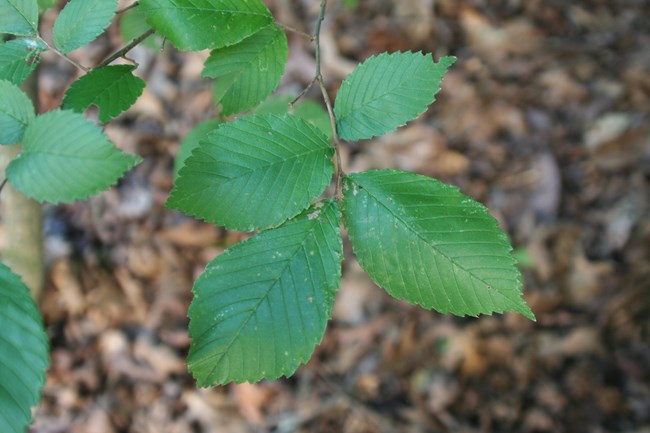
NPS/Hot Springs National Park In the late 1840s, Abraham Lincoln planted an American Elm (Ulmus americana) in front of his home. The tree grew until the turn of the century, when a fierce storm destroyed the tree. On February 12, 1910, a new young American Elm was planted in front of the home to commemorate Lincoln's birthday. A few years later, this tree succumbed to the deadly Dutch Elm disease that ravaged 90% of native American Elm trees. Dutch Elm disease is a destructive fungus that travels to healthy trees through the Elm Bark beetle and through root contact. The disease came to America, in the early 20th century, on a shipment of logs bound for Cleveland, Ohio. Many of the Lincoln Home elm trees were destroyed by this disease. Today, Dutch Elm disease continues to plague American Elm trees. At Lincoln Home, hardier disease-resistant varieties of the elm species grow on the 12 acres of this site. |
Last updated: August 21, 2022
